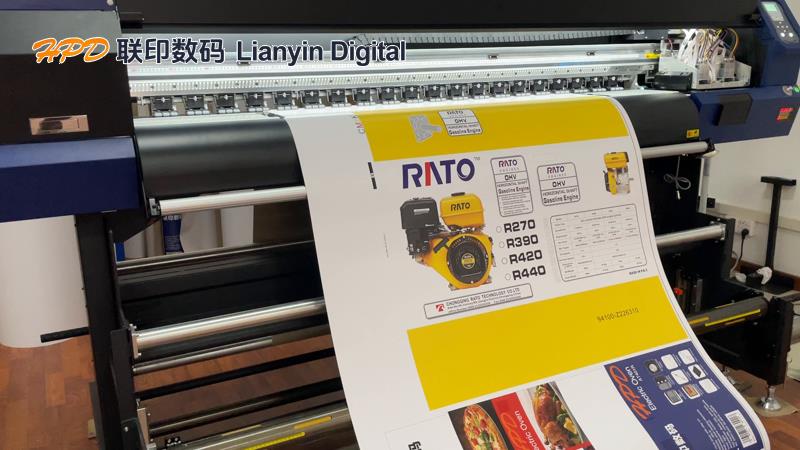
With the rapid development of digital technology, the traditional printing industry is entering a critical stage of transformation and upgrading. In the current era of information explosion and continuous rise in personalized demand, the digital transformation of printing enterprises is no longer a multiple-choice question, but a must answer question. This transformation is not only an inevitable move in line with industry development trends, but also an important way for enterprises to break through development bottlenecks and move towards sustainable growth.
From "Internet plus" to "AI+", the digital wave is constantly shaping the business landscape of the new era. For printing enterprises, how to ride the wind and waves in this transformation, and achieve the transformation from traditional mode to modern digital operation, not only tests their technological strength, but also concerns their strategic vision. Leading enterprises have taken the lead on the journey. By introducing cutting-edge digital printing technology, building an intelligent production system and integrating the "Internet plus" thinking, they constantly iterate products and services, accelerate market response, deepen customer experience, and thus take the lead in the fierce market competition.
However, the road to digital transformation is not smooth, as it is accompanied by multiple challenges such as technological iteration, talent gap, and capital investment. Printing companies need to maintain their core competitiveness while intelligently addressing these challenges to ensure a steady transition. Here are a series of strategic recommendations aimed at helping printing companies successfully transform:
Deepen digital awareness: Clarify that digital transformation is not only a technological innovation, but also a comprehensive upgrade of enterprise operation models. Enterprises should be based on long-term development strategies, clarify transformation goals, and avoid blindly following trends.
Addressing the issue of information silos: strengthening the interconnectivity between devices and management systems, achieving efficient flow and sharing of data, and enhancing the transparency and collaborative efficiency of production processes.
Application of industrial software: Based on industry characteristics, introduce or customize industrial software such as ERP and MES, optimize resource allocation, strengthen production management and decision support capabilities.
Embracing advanced printing technology: adopting cutting-edge technologies such as digital printing, 3D printing, and digital printing to meet the market's demand for personalized, short version fast printing and enhance product added value.
Promote intelligence and automation: Utilize technologies such as AI and big data to drive the intelligent transformation of production processes, improve production efficiency, reduce human errors, and enhance product quality.
Building a digital platform: Establish an online service platform that integrates functions such as order processing, customer service, and supply chain management to improve service efficiency and enhance customer loyalty.
Practicing the concept of green printing: responding to the call for environmental protection, adopting environmentally friendly materials and energy-saving technologies, promoting green production, and establishing corporate image.
Cultivate digital talents: Increase the training of employees' digital skills, build a talent pool that adapts to digital transformation, and stimulate team innovation vitality.
Strengthen industrial chain collaboration: Establish close cooperative relationships with upstream and downstream enterprises, jointly promote the digital transformation of the industrial chain, form synergies, and enhance overall competitiveness.
Flexible market response: Maintain keen market insight, flexibly adjust business strategies, quickly respond to market changes, and ensure that the enterprise moves steadily in a complex and ever-changing market environment.
In summary, the digital transformation of printing enterprises is a profound and comprehensive change that requires enterprises to start from a strategic perspective, driven by technological innovation, guided by customer needs, constantly explore and practice, and ultimately achieve a magnificent transformation from traditional to modern.








![[The Grand Occasion Continues] Quick Overview Of Lianyin Digital's Exhibited Products! The Second Day Of The 2024 Xiamen Printing And Packaging Expo](\uploadfiles\2024-09\xiamenzhan_2\00_cover.png)
